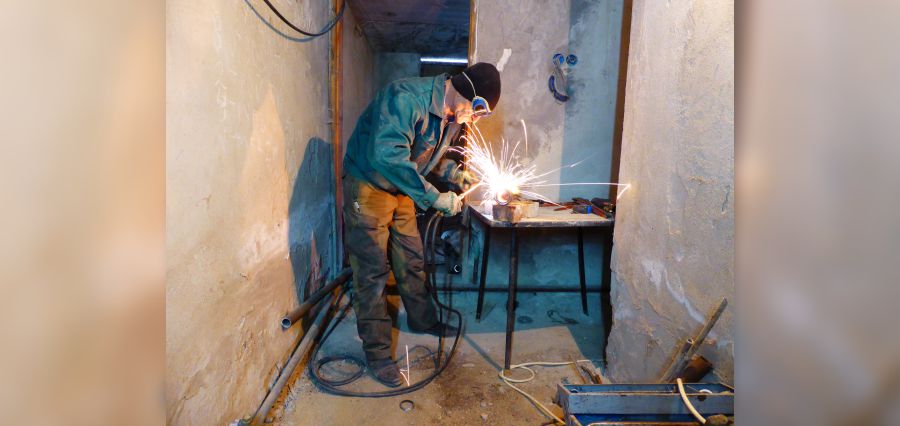Have you always wanted to add welding to your skillset? Whether you’re a professional handyman who wants to branch out or you’re planning on offering a dedicated welding service, you’ll find that this is a useful service to provide across a range of industries.
It’s important that potential welders are properly trained up, and organisations such as The Welding Institute provide training, qualifications, and real-world examples of applications for welding accurately.
Before you jump into training, however, it’s worth having an idea of the different types of welding so that you know what you’d like to specialise in and the sectors that you think might be the right fit.
What is welding?
In a nutshell, welding is the process of using high temperatures – and in some cases, high pressures – to fuse two parts together. This process takes the two pieces to form one structure. It’s a lot more intense than soldering, which doesn’t tend to melt the base material. Instead, the high temperatures melt the metals to create a new bond.
What industries use welding?
Welding features in a wide range of settings. Some of the most common include manufacturing, construction, and automation.
In manufacturing, everything from computing technology to agricultural tools involves a welding process at some point. For instance, only welding will effectively fuse together the metals used on a combine harvester.
Construction is an industry that regularly uses welding to join together metals such as aluminium and steel. Demand is high for robust steel frameworks used in domestic and commercial building projects, so welders are needed to produce these frameworks.
As well as being useful for fusing together thick materials, welding processes make it easy to create a strong bond between thinner metals, too. Therefore, when car parts roll off the production line, everything from the body to the chassis will require welding at some point.
How to keep safe
During any training you do, you’ll be repeatedly advised on how to keep safe while welding. Your safety is crucial, no matter the industry you’re operating in. Protective wear such as thick gloves and work boots are essential, but perhaps the most important item of PPE is a robust pair of welding goggles. You’ll need to get close – but not too close – to the materials you’re working on, so keeping your eyes protected is vital while you work.
What are the different types of welding?
There are several types of welding that you may come across in your training and once you start work. The most common is probably MIG welding. This is an entry-level welding process that works well for beginners. It’s split into two types of welding: bare wire and flux core. Bare wire welding is used to join thin metals together while flux core can be used outside.
Another common form of welding is TIG. This is a very versatile method, but it requires two hands – one to feed the rod and the other to hold a torch. The torch creates the heat that melds together metals such as aluminium and titanium.
Other processes include stick welding, or arc welding, which is a more traditional process. This uses a stick electrode welding rod to fuse metals together. Plasma arc welding is a welding process that you’re most likely to come across in aerospace applications. This uses a similar technique to TIG, but the gasses inside the arc create the heat.
If you’re keen to start welding, it’s worth looking at ways to pick up the skills needed. You may find that you’re working on a piece of agricultural equipment or in a car plant in no time.









